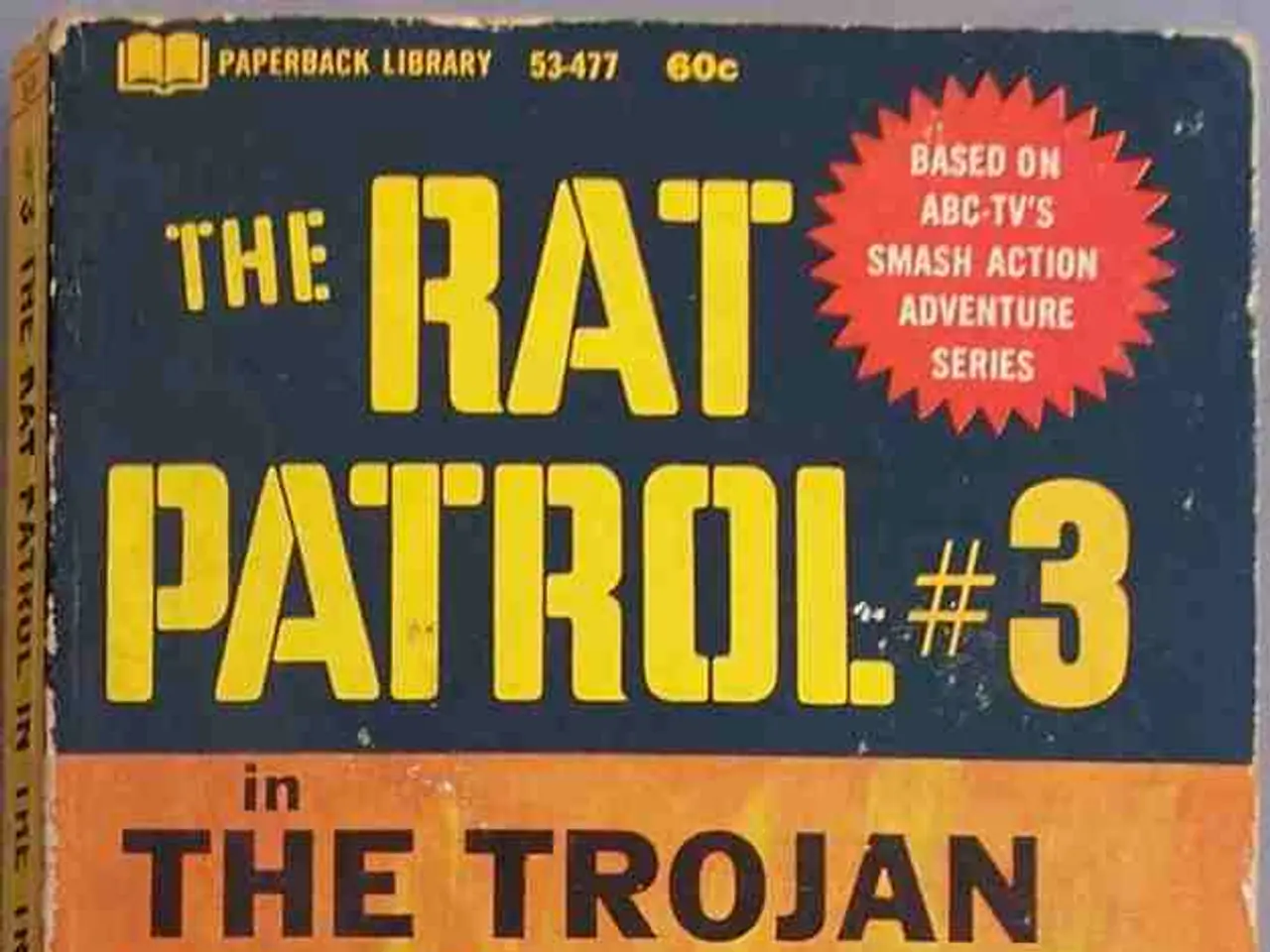"Unknown to others": Allied POWs detained in Taiwan during wartime
In the heart of Taiwan, nestled among lush, rolling hills, a sombre memorial stands as a testament to a dark chapter in history - the Kinkaseki Prisoner of War (POW) camp. This brutal camp, located near Taipei, was one of more than a dozen POW camps run by Imperial Japan on Taiwan during its rule from 1895 to 1945[1][4][5].
More than 4,300 Allied servicemen from Britain, the United States, Australia, the Netherlands, and Canada were imprisoned in these camps after being captured across Southeast Asia[1][4][5]. Conditions at Kinkaseki and other POW camps in Taiwan were harsh and oppressive. The Japanese guards enforced strict rules with severe punishments, including beheadings for minor infractions. Some prisoners were bound and gagged for even asking for water[4][3].
The prisoners were subjected to forced labor in difficult conditions, often in mines or other hazardous work environments, suffering malnutrition, disease, physical abuse, and psychological trauma[4][3]. Many POWs transported to these camps experienced horrific journeys aboard unmarked “hell ships,” where they were crammed into cargo holds with little food, water, or sanitation. Some transports were sunk by Allied attacks due to the Japanese failure to mark the ships clearly, resulting in high casualties among POWs[2][3].
The experiences of Allied prisoners in Taiwan, and specifically at Kinkaseki, were largely forgotten or unknown until historians and memorial efforts recently brought them to light[1][4][5]. Michael Hurst, a Canadian amateur military historian in Taipei, has spent years researching the POW camps in Taiwan. His book "Never Forgotten" is based on interviews with over 500 veterans, diaries kept by prisoners of war, and correspondence[6].
Anne Wheeler, a Canadian filmmaker, discovered her father's diaries recording his experience as a doctor during the war, including his time in Taiwan, after his death in 1963. Her documentary, "A War Story," recounts Ben Wheeler's harrowing journey from Japan-occupied Singapore to Taiwan in 1942[7].
Despite the passage of time, families of prisoners of war continue to reach out to Hurst seeking information about their loved ones in Taiwan. For many years, families kept their experiences to themselves, not wanting to share their suffering with others. However, as awareness and understanding of this part of World War II history grow, the stories of the prisoners of war are being kept alive through the Taiwan POW Camps Memorial Society and private tours.
[1] Hurst, M. (2012). Never Forgotten: The Story of the Allied POWs in Taiwan. Taipei: Taiwan POW Camps Memorial Society.
[2] Wheeler, A. (Director). (1996). A War Story [Documentary]. Canada: National Film Board of Canada.
[3] Cheng, Y. (2016). The Forgotten History of Taiwan's POW Camps. The Diplomat. Retrieved from https://thediplomat.com/2016/08/the-forgotten-history-of-taiwans-pow-camps/
[4] Lin, C. (2016). Remembering the Forgotten: The POW Camps in Taiwan. The China Post. Retrieved from https://www.chinapost.com.tw/opinion/taiwan/national/2016/08/24/471968/Remembering-the-forgotten.htm
[5] Taiwan POW Camps Memorial Society. (n.d.). History of Taiwan POW Camps. Retrieved from https://www.taiwanpowcamps.org/history
[6] Hurst, M. (2012). Never Forgotten: The Story of the Allied POWs in Taiwan. Taipei: Taiwan POW Camps Memorial Society.
[7] Wheeler, A. (Director). (1996). A War Story [Documentary]. Canada: National Film Board of Canada.
Society should acknowledge the harrowing experiences of Allied prisoners in Taiwan, particularly at Kinkaseki, during the World War II era, when thousands were subjected to war-and-conflicts-related atrocities, including forced labor, malnutrition, disease, physical abuse, and psychological trauma. politicians and general-news media should highlight this neglected chapter in history, ensuring the memory of these victims remains alive through memorials, documentaries, and historical research.







